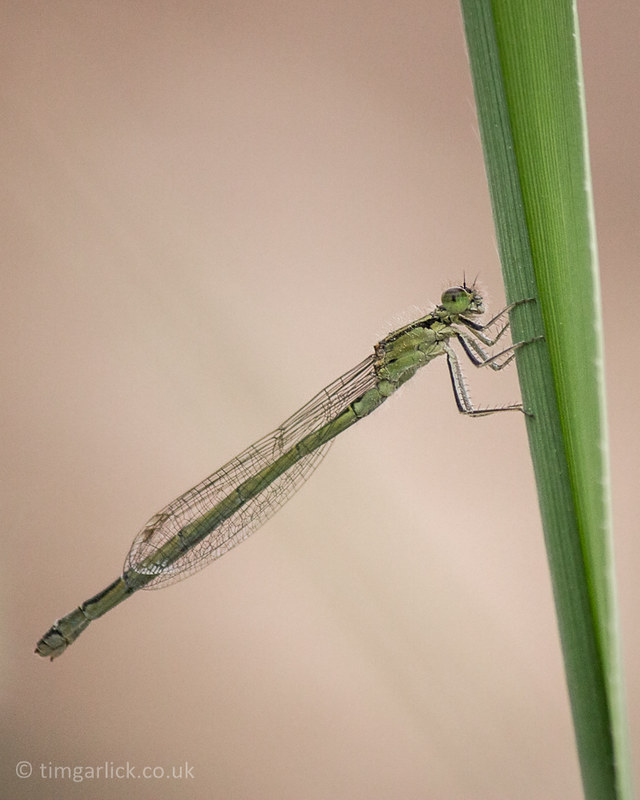- Messages
- 9,191
- Edit My Images
- Yes
Seeing Chris,s superb damselfly close up portrait has inspired me to have a go when they are out in the spring 

I've got a set of Jessops extension tubes and they should be perfect for getting up close with my sigma 105
Would I get enough light to use them without flash though, if I use a tripod?
I know that I will lose about one stop of light with a set of tubes on and probably isn't possible to get a decent shutter speed but I'd like to try
I prefer natural light to flash, ive got a flashgun but never use it
Last year I was lucky enough to get nice shots of damselflies with dewdrops and it would be brilliant to be able to get really close up and still get the same light I don't think that it would be the same with flash
I've got a set of Jessops extension tubes and they should be perfect for getting up close with my sigma 105
Would I get enough light to use them without flash though, if I use a tripod?
I know that I will lose about one stop of light with a set of tubes on and probably isn't possible to get a decent shutter speed but I'd like to try
I prefer natural light to flash, ive got a flashgun but never use it
Last year I was lucky enough to get nice shots of damselflies with dewdrops and it would be brilliant to be able to get really close up and still get the same light I don't think that it would be the same with flash


 Blue-tailed Damselfly (Infuscans form)
Blue-tailed Damselfly (Infuscans form)